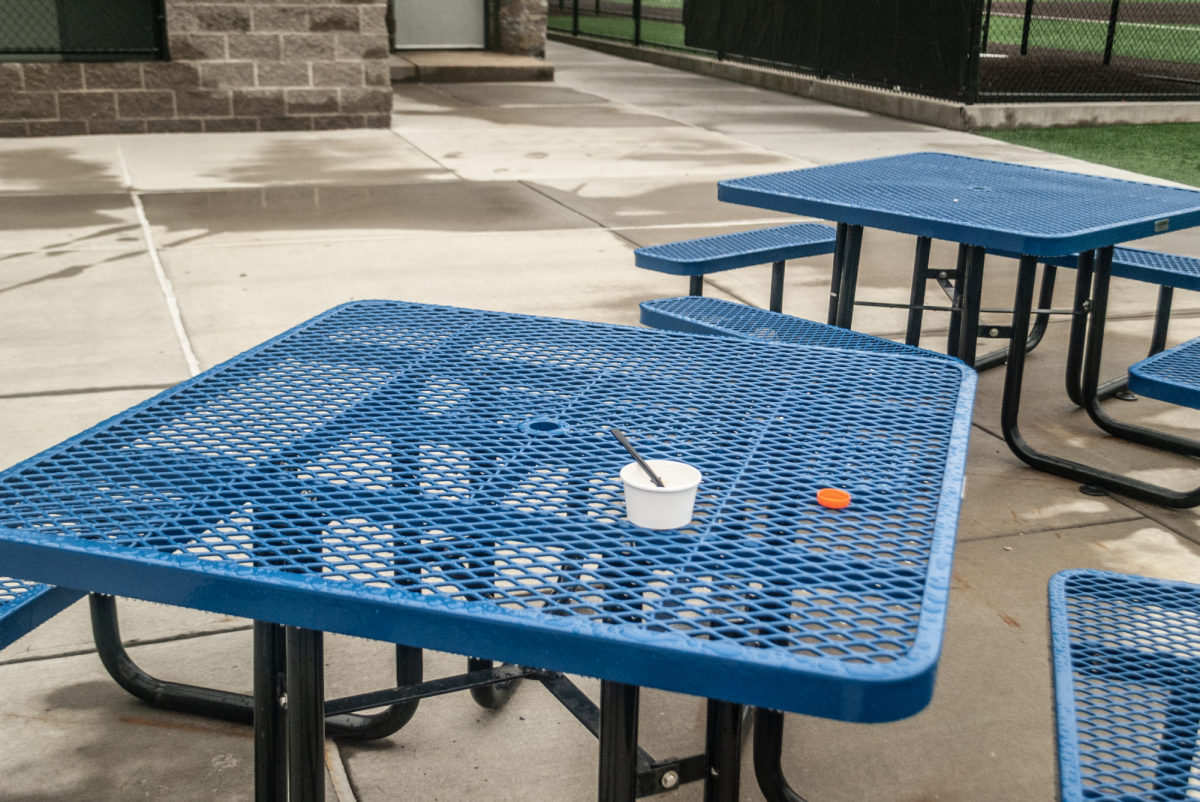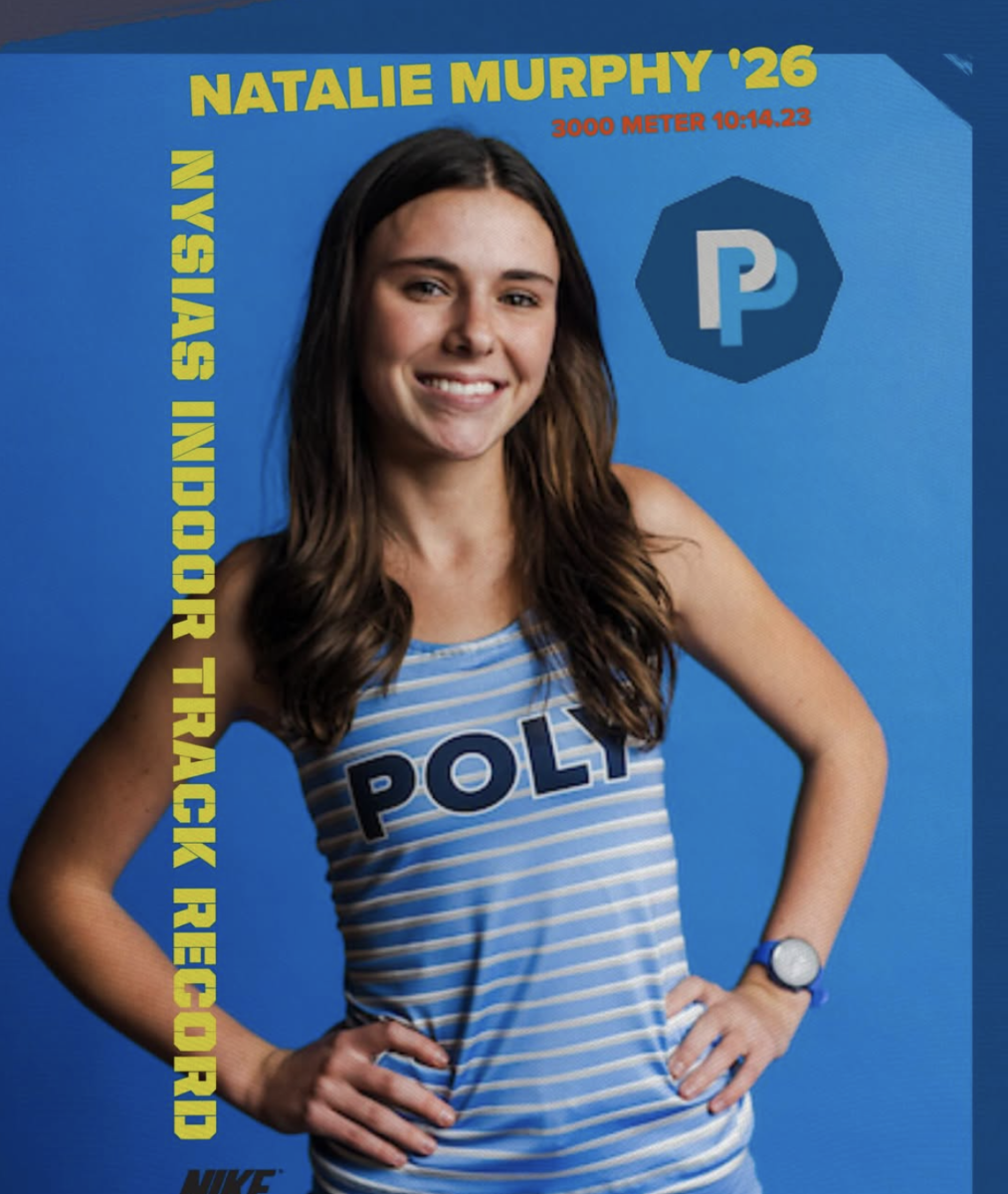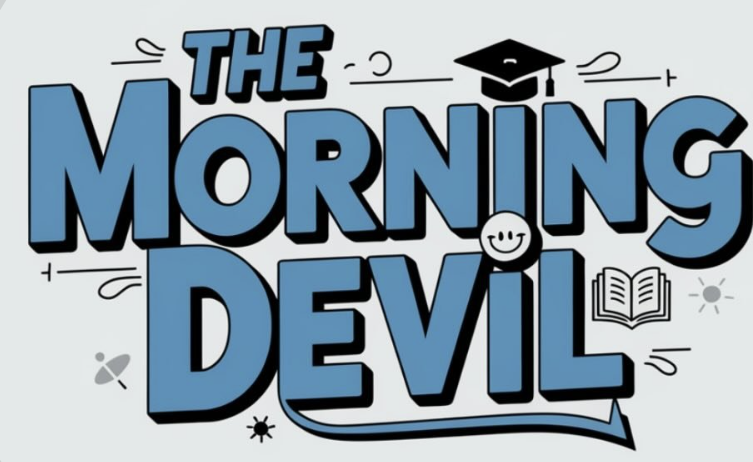Do you ever feel as if you can’t stop scrolling on TikTok or constantly need to check Instagram? These social media platforms feed you content meticulously curated based on your data to fit what you want to see and what would keep you scrolling. This tracking includes any content you see on social media, including videos and posts about political issues that match your beliefs and biases.
Consequently, when you see a news post, that photo, video, or quote is recommended based on what will keep you most engaged, factual or not. This can result in users being trapped in “echo chambers,” where like-minded individuals validate their opinions and foster distrust toward outside narratives.
“Rather than relying on executives, anchors, and editors to decide what news is fit for consumption, social media places that power directly in the hands of the user,” writes the Brookings Institution. Politics on social media not only raises concerns about the accuracy of the information, but also the way that “information” limits the user to their political bias.
The 2016 Election
With the upcoming 2024 presidential election, there are many concerns about misinformation on social media, especially given the media’s role in the past two elections. For example, during the 2016 election, according to research done by Louisiana State University, Donald Trump supporters shared fake news about 30 million times on Facebook, while Hillary Clinton supporters shared it about 8 million times. They found that over half of average American adults who encountered fake news on social media believed the stories, meaning that the spread of this misinformation could have completely encouraged or altered one’s vote. In a study done by Pew Research Center, “In 2016…64% of U.S. adults thought completely made-up news had caused a great deal of confusion about the basic facts of current events.”
Will it become only easier to see fake news?
Technology, particularly AI, has advanced significantly over the past two elections, making it easier to spread fake news. Earlier this year, an AI-generated voice recording mimicked President Biden, discouraging New Hampshire listeners for voting in the upcoming primary and to ‘save their vote’ for November. Voters barely second-guessed the voice recording due to its convincing realism, raising issues about how easy it is to spread misinformation on social media, according to AP News.
Currently, within voters, social media has made misinformation increasingly easy to fall for, especially with the rise of algorithms, artificial intelligence, and more accessible data tracking. But what about the upcoming generation of voters who are the first to grow up with social media as the norm?
Poly Prep Students Behind Social Media News
In four interviews with Poly students across three different grades, an average of eighty five percent of their political information comes from social media; however, the remaining percentage comes from adults, typically family. They all said their families research political information through credible sources, but the students’ lack of independent research shows how much of their political bias could come from social media misinformation.
“You’re already getting so much information from just scrolling on TikTok that you don’t want to research anything,” said freshman Isabel Warwick.
A recent issue that has been prominent on social media is the Israel-Palestine conflict. When the students were asked what they had seen, all four mentioned that having intense pro-Palestine or Zionist views has become a “trend,” even with users not having any knowledge on the situation. They highlight how videos and photos promoting a certain political viewpoint and criticizing others who don’t follow those opinions are common on social media, and these posts are usually from what the platform recommends for them.
“I have seen so many people being fully influenced by posts on social media. They jump to conclusions and assume so many things about the conflict,” said class of 2027 Student Government Representative Lauren Pauls.
“One person will post something and then it’s a trend, and I think that is a big problem,” said Tessa Cooper, class of 2026. She says if any left, liberal, or right opinion goes “viral,” some people will just believe it without any information, creating a trend to follow that perspective.
In an opinion piece about this conflict by The Hill, Juan P. Villasmil writes “What these kids lack in information, they make up for with passion. While older Americans may still see TikTok as the app where teens perform silly dances, it’s time they start seeing it as the media source that most shapes their kids’ worldview.”
The Poly students interviewed shared that their willingness to research political issues had to do with what they considered the relevance of these issues to be on their daily lives. They said they tend to follow the presidential election because they feel it’s more important and there is more coverage within the news. But how can we ensure political biases, no matter the age, aren’t entirely shaped by social media algorithms?
How do you form your “own” political opinion? (even with social media)
Social media significantly influences how we view political issues, regardless of the reliability of the information shared. However, there is a way to find reliable research from social media, but this only works with critical thinking and awareness while scrolling.
To form individual opinions and avoid echo chambers of like-minded groups of people, remember that social media feeds are designed to maximize engagement, often prioritizing political posts that will most entertain or interest you. Specifically, balancing research with social media can help you identify the most trustworthy and easily accessible information.
“So if you read on social media, read other places that you trust, that have more of a trustworthy background,” said the chair of the History Department at Poly Virginia Dillon. “The person who’s posted that thing on social media, do you know their names? Maybe they’re just a random person. Doesn’t mean they’re completely invalid, but changes how you take in the information, right? It’s like having that level of criticality that you’re sort of willing to do with all the information you take in.”
In another study done by Pew Research, they found that convenience is why many people rely on Social Media for news. Through your feed, information is presented to you rather than you actively seeking out research, assessing the credibility of sources, and understanding all the facts, which is what attracts users to use social media for news rather than to research.
“There is a way I think people flip through social media in a way that is similar to the way people used to smoke cigarettes. My grandma used to smoke cigarettes, and she quit because her doctor told her she had to,” Dillon said. “The biggest thing for her was not actually the drug of the nicotine but the thing to do with her hands. She missed having to do something with her hands…People just flip through apps just to have something to do with their hands, and they’re not actually thinking, so there’s a lot of information that’s coming to them…but without critical thoughtful thinking.”
So, how do you research?
You have to remember to “think” when scrolling or researching to gain information, and there’s no easy way to create your “real” political bias without thinking and assessing what you believe.
Dillon says that researching politics is exactly how students are taught to research in class: find unbiased sources and multiple articles, and absorb the information from your perspective. A few trustworthy websites to find news that are neutral between being politically left or right are Associated Press News, British Broadcasting Corporation, Wall Street Journal News, The Hill, and Reuters.
Based on the interviews, many students at Poly feel that when they research for classes, they are more encouraged to explore politics, finding it more impactful and resourceful to themselves.
While obtaining information through social media is easy, creating your political narrative requires critical thinking about the issues you’re assessing and awareness of why social media is showing you certain information.
As Dillon said, “There is no easy answer.”

























